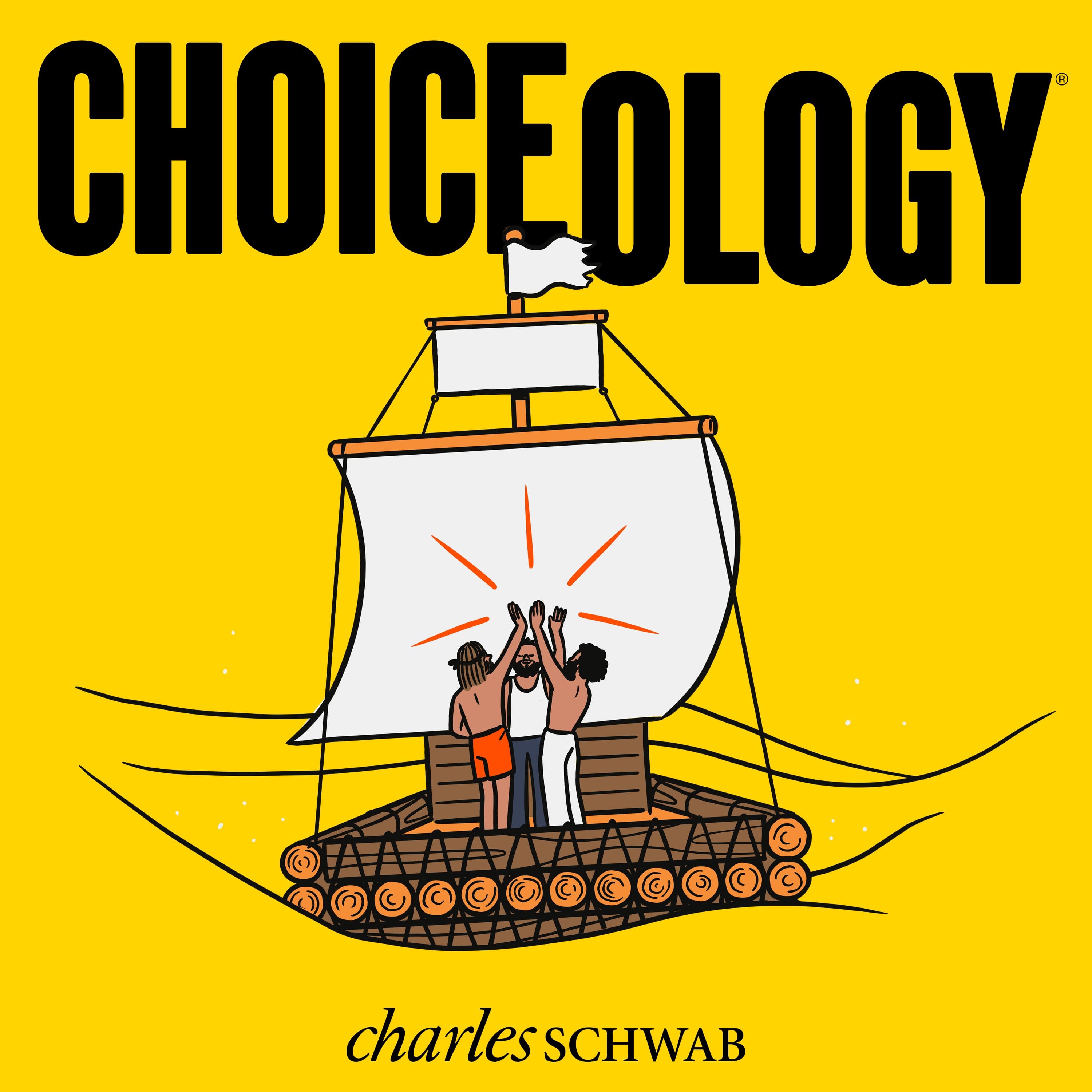What makes an effective team? Talent? Skill? Discipline?
In this episode of Choiceology with Katy Milkman, we're looking at some of the more surprising ingredients of successful teams, according to science. Teams where the whole is greater than the sum of its parts.
You'll hear the story of the Kon-Tiki expedition—a harrowing journey across the Pacific Ocean led by Norwegian explorer Thor Heyerdahl. A journey made by a small band of adventurers who set out to understand ancient human migration. They were young. Most were inexperienced. But they had enthusiasm, a range of talents and personalities, camaraderie, and a clear and vivid goal. You'll hear from Liv Hukset Wang from the Kon-Tiki Museum in Oslo, who works with Heyerdahl's grandchildren to keep his legacy alive.
Then, Katy speaks with University College London professor Colin Fisher about his new book on team synergy. You'll hear his recipe for building teams that excel and his tips for avoiding the pitfalls of social loafing.
Choiceology is an original podcast from Charles Schwab.
If you enjoy the show, please leave a rating or review on Apple Podcasts.
Check out more episodes.
Explore more topics
The comments, views, and opinions expressed in the presentation are those of the speakers and do not necessarily represent the views of Charles Schwab.
Data contained herein from third party providers is obtained from what are considered reliable sources. However, its accuracy, completeness or reliability cannot be guaranteed.
All corporate names and market data shown above are for illustrative purposes only and are not a recommendation, offer to sell, or a solicitation of an offer to buy any security.
The policy analysis provided by the Charles Schwab & Co., Inc., does not constitute and should not be interpreted as an endorsement of any political party.
Investing involves risk including loss of principal.
The books How to Change: The Science of Getting from Where You Are to Where You Want to Be and The Collective Edge Unlocking The Secret Power of Groups are not affiliated with, sponsored by, or endorsed by Charles Schwab & Co., Inc. (CS&Co.). Charles Schwab & Co., Inc. (CS&Co.) has not reviewed the books and makes no representations about its content.



